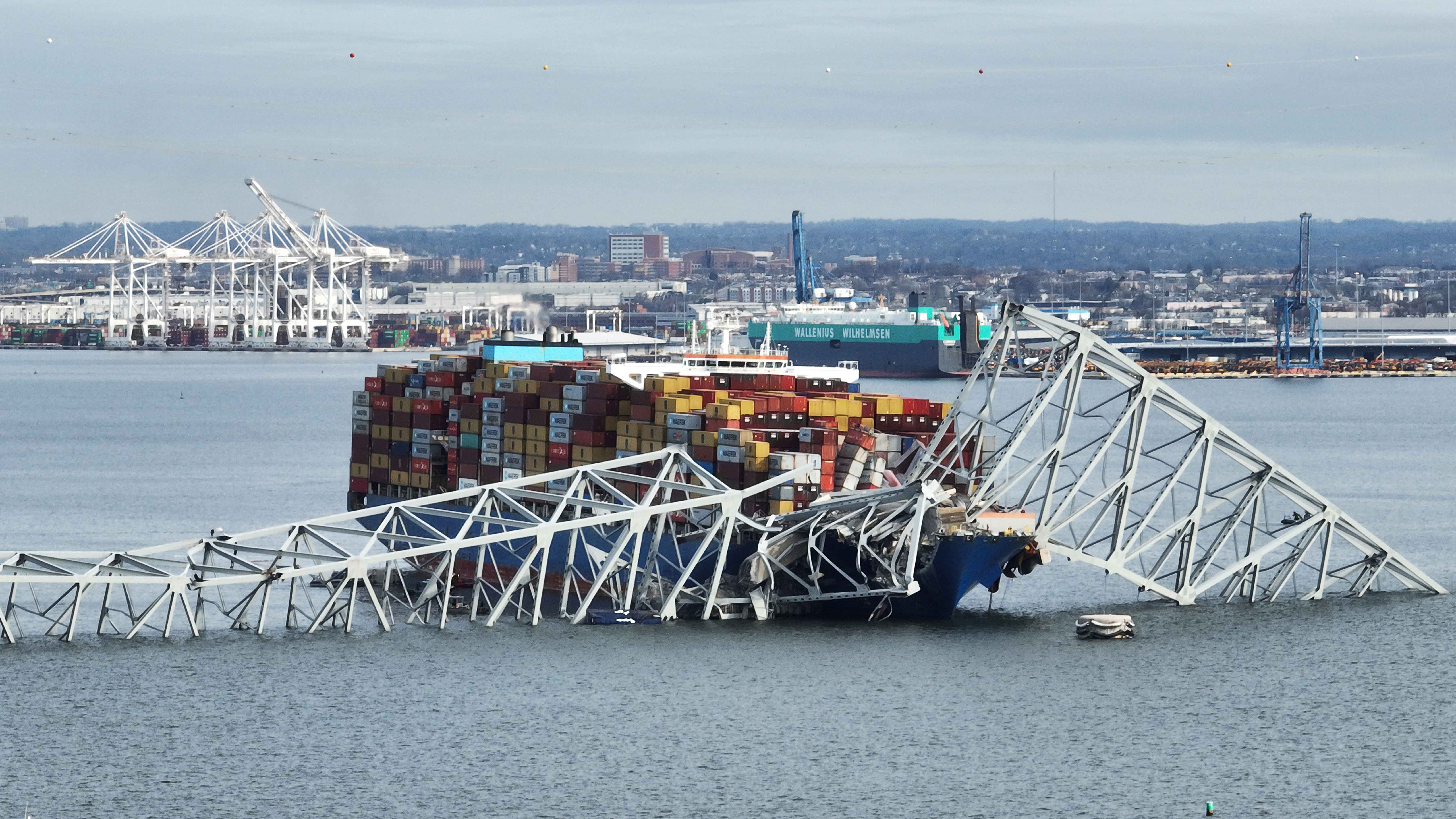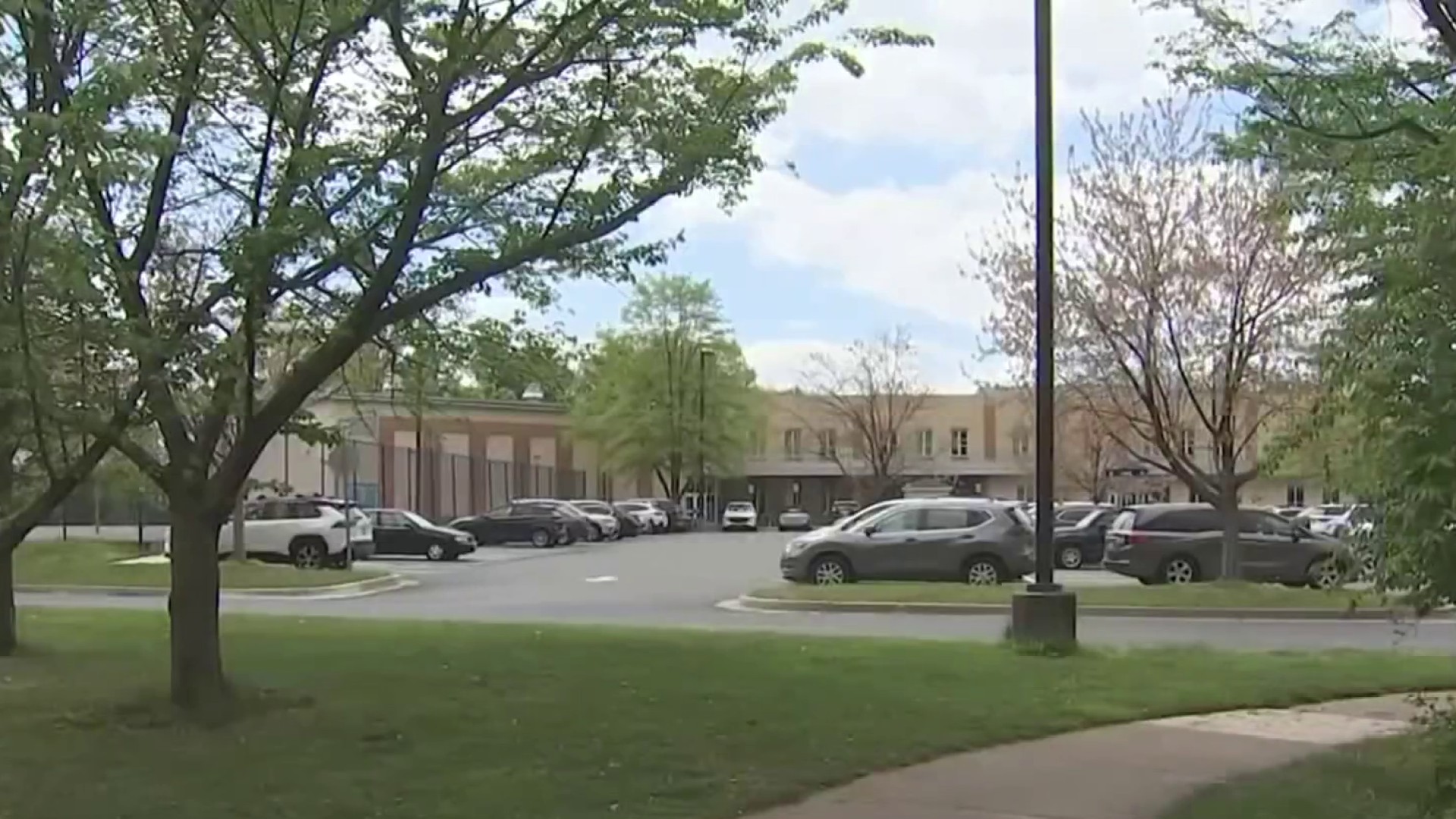Harry Jaffe, a longtime chronicler of the people and politics of Washington, D.C., writes a column for NBC Washington's First Read DMV blog.
Seaton Elementary School lies on the fault lines of the social and economic conflicts in the nation’s capital.
The school sits at the center of wrenching change in the Shaw neighborhood, at 10th Street and Rhode Island Avenue NW. Couples that can buy a four-story brownstone for $2 million share blocks with families that squeeze into three-room apartments in subsidized housing. Former crack houses are now swank restaurants.
Yet Seaton Elementary is a place of peace, learning and dare I say joy. Walk into Seaton -- as I do every Thursday to volunteer for the nonprofit Reading Partners -- and you will see Latino and African-American mothers and fathers dropping off children, white parents pushing strollers alongside their young students, and Asian kids riding up on the bicycles. The halls are quiet. Student are learning.
The success at Seaton and schools across the District lends credence to those who believe education reform is working in D.C.'s public and public charter schools -- and that D.C. is on its way to going from the worst to one of the country's best urban school systems.
Hard data proves the case:
- Since 2011, achievement test scores have risen at a faster rate than in any other urban school system, according to the annual National Assessment of Educational Progress and Trial Urban District Assessment.
- Enrollment in D.C. Public Schools (DCPS) has grown in D.C. schools for the past five years.
- The city has invested $3.35 billion in renovating and building new public schools, according to the D.C. Office of the Chief Financial Officer, and it shows in schools and athletic fields in all eight wards.
To be sure, some middle and high schools in the city’s more troubled neighborhoods still fail to prepare students for success. Truancy is still too high in many schools. The racial achievement gap persists: white students attending schools in neighborhoods west of Rock Creek Park score higher in achievement tests than African-American and Latino students in poor parts of town.
Local
Washington, D.C., Maryland and Virginia local news, events and information
“Teacher turnover is unacceptable,” said Ruth Wattenberg, who represents Ward 3 on the advisory State Board of Education. Nearly one-third of teachers in “high- poverty schools” across the city leave every year, she said. “You can’t raise achievement that way," she said.
I would add that principals come and go too quickly, as well.
But achievement is slowly rising at schools in every community, both rich and poor, according to results of the Partnership for Assessment of Readiness for College and Careers (PARCC) test, released last month.
That wasn’t the case a decade ago, when then-Mayor Adrian Fenty moved to take control of the schools his first week in office.
Before Fenty took over the school system, Seaton Elementary, like schools across the District, was dangerous outside and disastrous inside for generations of students it failed to teach.
Even skeptics like Wattenberg, who believes the schools paint a rosy picture of reform and still fail to teach at-risk students, admit the city’s public schools now are unrecognizable from what they were in 2000, when her kids attended them.
Remember the 1990s, when D.C. Superior Court Judge Kaye Christian refused to allow DCPS to begin the school year because she deemed many buildings unsafe?
“Ten years ago it wasn’t even school,” said Catherine Bellinger, executive director of Democrats for Education Reform in D.C. She recalled tutoring students in 2007 who told her they had watched television in class and learned little in previous years. “Now it’s school," she said.
I sent my daughters to schools in Chevy Chase, D.C., where bathrooms didn’t function, boilers failed and roofs leaked. Science teachers would ask students to put their heads down and nap during class. And they went to some of the better schools.
Since the Fenty administration took over the schools in 2007, the city has sunk $3.35 billion into renovating and building new schools. It shows.
Beyond bricks and mortar, results from a number of nationwide tests have put numbers behind successes in the classroom. Granted, the improvements are small in some cases, but they are still headed up.
“I think DCPS turned the corner a bit ago,” former chancellor Kaya Henderson said. “These scores demonstrate that the system is continuing to progress.”
That’s true even for students at schools where achievement levels have been level or slow to rise.
(Full disclosure: I helped write a memoir by Henderson’s predecessor, Michelle Rhee.)
EmpowerK12, a nonprofit that uses data to improve instruction, released the results of its annual “Bold Performance” awards on Tuesday. The group recognized 22 public and public charter schools that serve at-risk students and still showed improved math and language proficiency rates that were dramatically higher than schools that teach similar populations.
“Due to the extraordinary efforts of these Bold Performance schools, an additional 1,500 DC students are on-track to be college ready,” EmpowerK12's executive director, Josh Boots, said in a statement.
Boots said strong teachers and administrators helped improve results at these schools. In the decade since Fenty took over the schools, teacher training has improved, along with pressure to show improvements. The labor contract recently approved by the union and the city makes D.C. teachers among the best paid in the nation.
Seaton Elementary was one of 14 schools, according to EmpowerK12's analysis, that showed proficiency rates at least 10 percentage points higher than schools with similar demographics. That demonstrates success.
Without 10 years of concerted reform and billions of dollars invested in the schools, that would not be the case.
Kudos to Fenty, the politicians who supported his reforms and the educators who keep bringing them to D.C.'s students.



